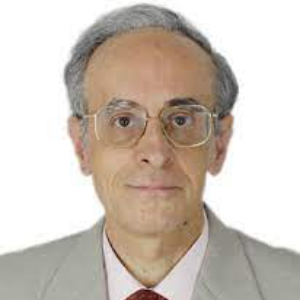Title : Enzyme-sulphide coupling for light-induced water splitting and CO2 reduction
Abstract:
Many sulphide semiconductors are photocatalytically active in significant ranges of the visible spectrum; our group has shown this, specifically, for In2S3 and SnS2. Furthermore, by including V in these sulphides we have shown how their photocatalytic activities can be further extended to even the NIR range. Here we will show how coupling these sulphides with enzymes of hydrogenase or laccase types allow photoevolving H2 or O2.
First, we could show that combining In2S3 with a hydrogenase it was possible to generate photocatalytically H2 in presence of a sacrificial agent. Then, we showed that combining In2S3 with a laccase it was possible to generate O2 photoelectrochemically, this being the first time that such enzyme-sulphide combination allowed photoevolution of O2. A similar photoelectochemical generation of O2 could be shown by combining SnS2 with a laccase enzyme.
Some of us carried out recently work which coupled an electrode with a formate dehydrogenase enzyme, including W as active species, so that it was possible to reduce electrocatalytically CO2 to formate. Ongoing work will be shown here in which combining this latter enzyme with In2S3 nanoparticles allows to perform the same task photocatalytically.
Audience take away:
- How to use In2S3 and SnS2 for HCOOH degradation and how to extend their range by doping with V
- How to couple these materials with enzymes to achieve photo-splitting of water
- How to drive as well, in preliminary work, the coupling of In2S3 with a formate dehydrogenase enzyme to achieve CO2 reduction.



